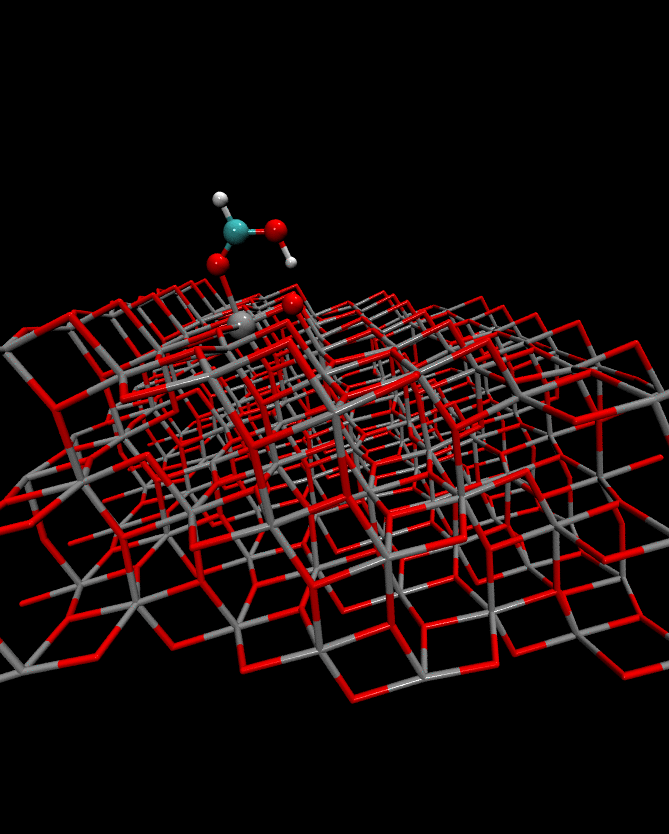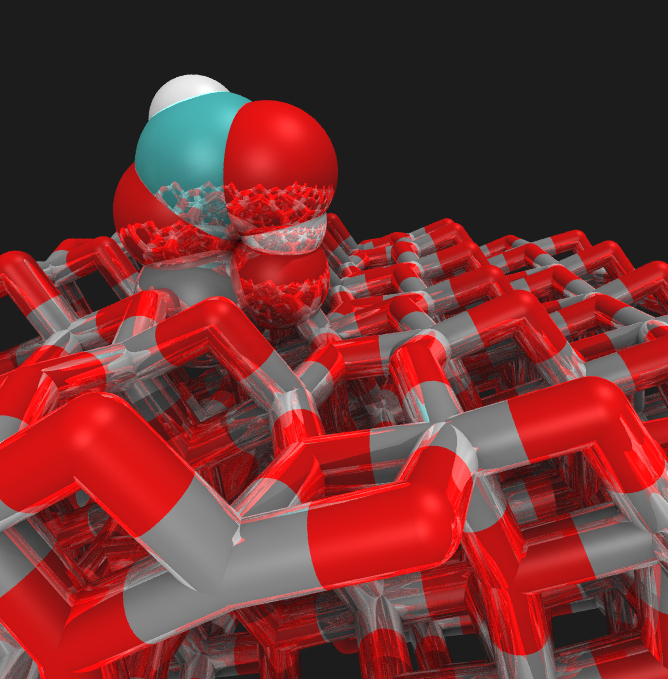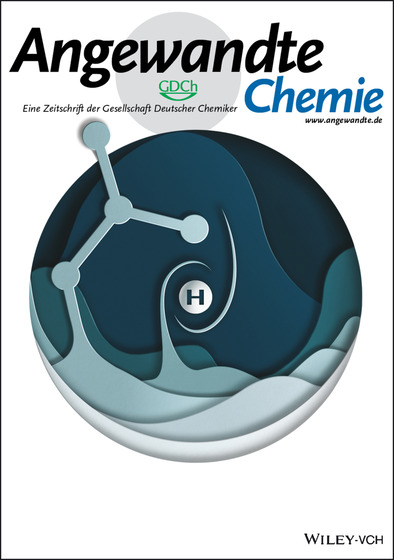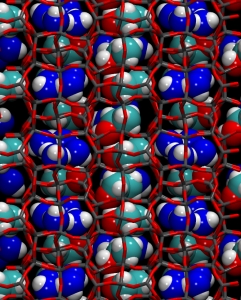The best superpower ever? Being invisible, of course. How nice it would be to wear a magic cloak and escape boring meetings. Too bad that these tricks work only for ghosts, magicians, and superheroes. But in the atomic world, things are different. In this realm, our superhero is the smallest atom of the simplest organic acid: the proton of the formic acid molecule.
Many green chemistry applications involve organic acids and titania. So, the reactivity of formic acid on this material has been much explored, but its acid proton has escaped the most accurate experiments so far. Where is the missing proton?
By using computational methods #compchem, we’ve seen that the proton is shared between one oxygen of the formic acid molecule and one oxygen of the titania surface. At very low temperature, sharing is governed by real superpowers quantum effects, while, at room temperature, the proton moves very fast between the molecule and the surface – to see it in action, look at the movie! Anyway, in both cases, “sharing is caring”: it makes the acid proton “invisible” to experiments and protected from the attacks by bases.

The surface of titania acts like a protecting group for the formic acid proton. How does this work? Formic acid shares its proton with the surface, so it’s very difficult for other molecules to take it away! This protecting action of the surface could explain, for example, why carboxylic acids on titania, upon addition of amines, give high-value products (amides) at low costs for the environment.
 Discovering the fate of the missing proton was a joy for my #compchem-ist’s eyes. Perhaps, it might become also useful for applications: indeed, it is just the acid proton that makes carboxylic acids on titania so interesting. Next step would be to study this process on different surfaces of titanium dioxide. This could help to understand how defects affect the reactivity of the acid proton.
Discovering the fate of the missing proton was a joy for my #compchem-ist’s eyes. Perhaps, it might become also useful for applications: indeed, it is just the acid proton that makes carboxylic acids on titania so interesting. Next step would be to study this process on different surfaces of titanium dioxide. This could help to understand how defects affect the reactivity of the acid proton.
On a personal note, my feeling is that our work has unveiled just a small part of the wonderful things that molecules can do on surfaces. But it’s so nice to find, from time to time, a little pearl in a shell.
 Thanks @andrea_stangoni for designing such a marvelous artwork, thanks @angew_chem for this great honor, and for your lovely “sharing is caring” pun. We’re grateful to @ChemRXiv for hosting our preprint, all the people giving feedback on it, and the reviewers of the paper. No external funders to thank, this time. Instead, we send love to our old #compchem machines – the resources of a tiny group from a little
Thanks @andrea_stangoni for designing such a marvelous artwork, thanks @angew_chem for this great honor, and for your lovely “sharing is caring” pun. We’re grateful to @ChemRXiv for hosting our preprint, all the people giving feedback on it, and the reviewers of the paper. No external funders to thank, this time. Instead, we send love to our old #compchem machines – the resources of a tiny group from a little institution planet in the Galactic Empire’s periphery.
The pearl in a shell also reminds me of a mollusc without shell. Along its 4y+ life, our project has faced abundant failures and rejections – yes, the familiar “been done already, nothing new, not worth financing” story, plus “simulations are, at best, an useful add“. No protective shell, and no Harry Potter’s cloak in those days. Yet, all those failures, critical comments, and rejections – even the most painful ones – prompted us to sit back and ponder previoulsy unseen aspects of the problem – and then, to work harder and deepen the analysis. This improved our work considerably. Also, posting a preprint on ChemRxiv gave us strong moral support during the final stages of the work.
We’ve all been there – things don’t always go as planned, and often let us down. But muggle tricks like persistence, faith, and time to cleanse mind and body spent on Twitter help a lot. My message? Keep calm and don’t give up: as someone else has said, “Hard times come, hard times go, yeah just to come again“.

